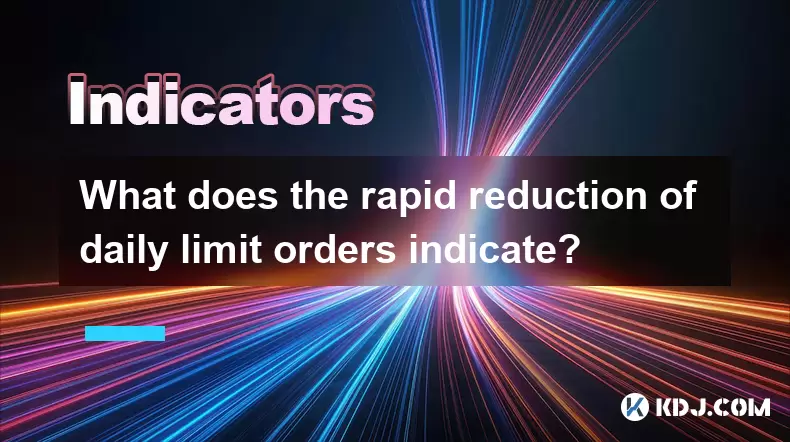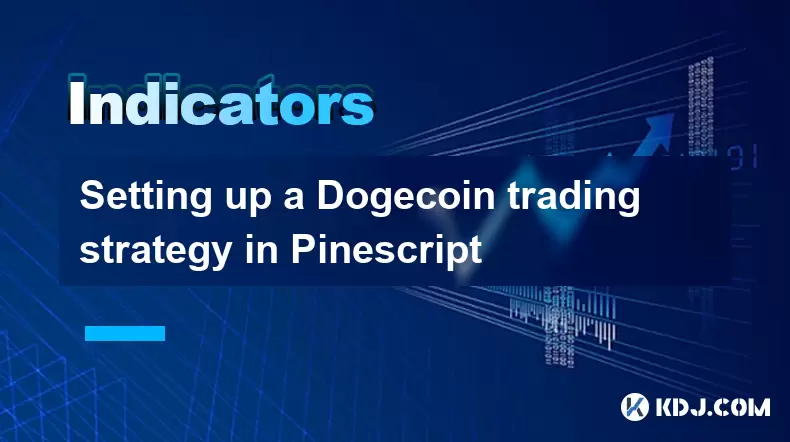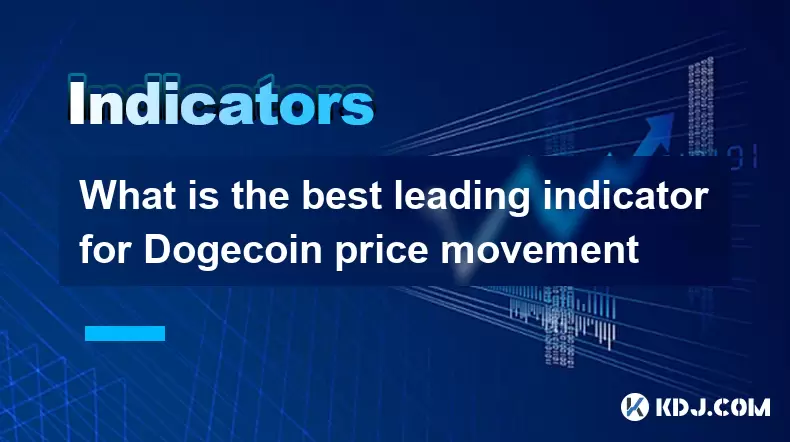-
 Bitcoin
Bitcoin $108,641.9143
0.44% -
 Ethereum
Ethereum $2,539.5956
0.97% -
 Tether USDt
Tether USDt $1.0007
0.04% -
 XRP
XRP $2.2777
2.50% -
 BNB
BNB $660.2073
0.79% -
 Solana
Solana $151.1059
2.08% -
 USDC
USDC $1.0004
0.05% -
 TRON
TRON $0.2838
-0.03% -
 Dogecoin
Dogecoin $0.1698
3.57% -
 Cardano
Cardano $0.5835
1.74% -
 Hyperliquid
Hyperliquid $39.4787
0.07% -
 Sui
Sui $2.9330
1.09% -
 Bitcoin Cash
Bitcoin Cash $489.1023
1.31% -
 Chainlink
Chainlink $13.3775
1.61% -
 UNUS SED LEO
UNUS SED LEO $9.0201
-0.04% -
 Avalanche
Avalanche $18.2176
2.06% -
 Stellar
Stellar $0.2417
1.98% -
 Toncoin
Toncoin $2.9355
7.33% -
 Shiba Inu
Shiba Inu $0.0...01181
3.23% -
 Litecoin
Litecoin $87.9775
1.54% -
 Hedera
Hedera $0.1569
1.54% -
 Monero
Monero $316.0995
1.13% -
 Polkadot
Polkadot $3.3970
1.36% -
 Dai
Dai $1.0002
0.02% -
 Ethena USDe
Ethena USDe $1.0002
0.00% -
 Bitget Token
Bitget Token $4.4094
0.33% -
 Uniswap
Uniswap $7.4035
6.32% -
 Pepe
Pepe $0.0...01016
4.88% -
 Aave
Aave $275.5935
1.55% -
 Pi
Pi $0.4565
-0.89%
What does the rapid reduction of daily limit orders indicate?
A sharp drop in daily limit orders across crypto exchanges may signal heightened uncertainty, shifting trader behavior, or technical disruptions affecting market liquidity and sentiment.
Jul 02, 2025 at 03:29 am

Understanding the Concept of Daily Limit Orders
In the realm of cryptocurrency trading, daily limit orders refer to buy or sell instructions that traders place with their brokers or exchanges to execute trades at a specified price or better within a 24-hour period. These orders do not guarantee execution but allow traders to control the price at which they enter or exit positions. When there is a rapid reduction in daily limit orders, it signals shifts in trader behavior and market sentiment.
The decline may be observed across multiple exchanges simultaneously or concentrated on specific platforms. Understanding this phenomenon requires dissecting several interrelated factors such as volatility, liquidity, regulatory changes, and broader macroeconomic conditions.
Market Sentiment and Trader Behavior
One of the primary indicators reflected by the drop in daily limit orders is a shift in market sentiment among traders. If traders are placing fewer limit orders, it could imply reduced confidence in near-term price movements. This often occurs during periods of high uncertainty or when major news events loom, prompting participants to adopt a "wait-and-see" approach.
Additionally, some traders may prefer using market orders instead of limit orders when they expect rapid price movements. The use of market orders increases during volatile times because traders prioritize execution speed over precise pricing. A notable uptick in market orders combined with a decline in limit orders can thus serve as an indirect measure of heightened volatility expectations.
Liquidity Conditions Across Exchanges
Liquidity plays a crucial role in determining how many limit orders appear on order books. A sharp decrease in daily limit orders might indicate deteriorating liquidity conditions on certain exchanges. Lower liquidity makes it harder for traders to find counterparties willing to trade at desired prices, thereby discouraging the placement of limit orders.
Moreover, if large institutional players withdraw from the market temporarily, this can also lead to thinner order books. Retail traders who rely on visible depth provided by institutional orders may react by reducing their own limit order placements, further contributing to the observed decline.
Regulatory Developments and Compliance Concerns
Cryptocurrency markets are highly sensitive to regulatory developments. A sudden drop in daily limit orders could be linked to new or proposed regulations that impact trading activities. For example, increased scrutiny from financial authorities or the introduction of stricter compliance requirements may prompt traders to reassess their strategies.
If a particular jurisdiction announces restrictions on certain types of trading tools or imposes tighter capital controls, users operating under those rules might scale back their trading activity. In such cases, the decline in limit orders reflects precautionary behavior rather than a fundamental change in market dynamics.
Technical Factors and Exchange-Specific Issues
It's also important to consider technical aspects of trading platforms themselves. A significant reduction in daily limit orders might stem from exchange-specific issues like API downtimes, rate limiting, or backend upgrades that temporarily affect order placement systems. Traders relying on algorithmic or bot-based trading strategies may experience disruptions that reduce their ability to submit new orders.
Furthermore, some exchanges implement circuit breakers or trading halts during extreme volatility events. During these intervals, the system prevents new orders from being placed, which directly contributes to lower daily limit order counts. Identifying whether the drop is platform-wide or isolated helps distinguish between systemic trends and operational anomalies.
Operational Guide: How to Monitor Daily Limit Order Trends
For traders seeking to interpret changes in daily limit order volumes, here’s a practical guide:
- Access reliable exchange data feeds – Use APIs from trusted exchanges like Binance, Coinbase, or Kraken to pull real-time order book information.
- Track historical patterns – Compare current daily limit order numbers against historical averages to identify deviations.
- Analyze alongside volume metrics – Correlate changes in limit orders with trading volume to assess whether reduced orders are accompanied by lower overall activity.
- Use visualization tools – Employ charting platforms like TradingView or Python libraries like Matplotlib to plot trends over time.
- Monitor social sentiment – Check forums, Discord channels, and Twitter for anecdotal evidence of behavioral shifts that may explain the drop.
Frequently Asked Questions (FAQ)
What is the difference between a limit order and a market order?
A limit order allows traders to set a specific price at which they want to buy or sell an asset, ensuring execution only at that price or better. A market order, on the other hand, executes immediately at the best available price, prioritizing speed over price precision.
Can a drop in daily limit orders predict a price reversal?
Not necessarily. While a reduction in limit orders can signal caution among traders, it does not directly correlate with price direction. Other technical and fundamental indicators should be used in conjunction to make informed predictions.
How do automated trading bots interact with limit orders?
Automated bots frequently utilize limit orders to execute predefined trading strategies. They analyze market data and place orders based on programmed logic, helping maintain consistent participation even when human traders step back.
Are all exchanges equally affected by changes in daily limit orders?
No. Exchange-specific factors such as user base size, regional regulations, and platform stability influence how much daily limit order volume fluctuates. Larger exchanges with diverse user demographics may show more stable order flow compared to smaller platforms.
Disclaimer:info@kdj.com
The information provided is not trading advice. kdj.com does not assume any responsibility for any investments made based on the information provided in this article. Cryptocurrencies are highly volatile and it is highly recommended that you invest with caution after thorough research!
If you believe that the content used on this website infringes your copyright, please contact us immediately (info@kdj.com) and we will delete it promptly.
- Litecoin Breakout Watch: What Traders Need to Know Now
- 2025-07-06 16:50:13
- Bitcoin, Solana, Ethereum: Decoding the Latest Buzz on the Blockchain
- 2025-07-06 16:50:13
- Widnes Resident's 50p Could Be Your Ticket to Easy Street: Rare Coin Mania!
- 2025-07-06 16:55:13
- Bitcoin, Solaris Presale, and Token Rewards: What's the Buzz?
- 2025-07-06 16:55:13
- Ethereum Under Pressure: Price Drop Amid Global Uncertainties
- 2025-07-06 17:00:13
- XRP, SEC Case, and Prosperity: A New Era for XRP Holders?
- 2025-07-06 17:10:13
Related knowledge

How to spot manipulation on the Dogecoin chart
Jul 06,2025 at 12:35pm
Understanding the Basics of Chart ManipulationChart manipulation in the cryptocurrency space, particularly with Dogecoin, refers to artificial price movements caused by coordinated trading activities rather than genuine market demand. These manipulations are often executed by large holders (commonly known as whales) or organized groups aiming to mislead...

What is the significance of a Dogecoin engulfing candle pattern
Jul 06,2025 at 06:36am
Understanding the Engulfing Candle Pattern in CryptocurrencyThe engulfing candle pattern is a significant technical analysis tool used by traders to identify potential trend reversals in financial markets, including cryptocurrencies like Dogecoin. This pattern typically consists of two candles: the first one is relatively small and indicates the current...

Dogecoin monthly chart analysis for long term investors
Jul 06,2025 at 10:08am
Understanding the Dogecoin Monthly ChartFor long-term investors, analyzing the monthly chart of Dogecoin (DOGE) provides a macro view of its price behavior over extended periods. The monthly chart captures major trends, key resistance and support levels, and potential reversal zones that are crucial for strategic investment planning. Unlike daily or hou...

How to manage risk using ATR on Dogecoin
Jul 06,2025 at 02:35am
Understanding ATR in Cryptocurrency TradingThe Average True Range (ATR) is a technical indicator used to measure market volatility. Originally developed for commodities, it has found widespread use in cryptocurrency trading due to the high volatility inherent in digital assets like Dogecoin (DOGE). The ATR calculates the average range of price movement ...

Setting up a Dogecoin trading strategy in Pinescript
Jul 06,2025 at 05:00pm
Understanding Dogecoin and Its Place in the Cryptocurrency MarketDogecoin (DOGE) is a decentralized, peer-to-peer cryptocurrency that was initially created as a joke but has since gained significant traction in the crypto market. Despite its humorous origins, Dogecoin has been adopted by a large community and supported by notable figures such as Elon Mu...

What is the best leading indicator for Dogecoin price movement
Jul 06,2025 at 06:00pm
Understanding Leading Indicators in CryptocurrencyIn the world of cryptocurrency trading, leading indicators play a crucial role in forecasting price movements before they occur. These tools are used by traders to anticipate potential market changes and make informed decisions. For Dogecoin (DOGE), which is known for its volatile nature and strong commu...

How to spot manipulation on the Dogecoin chart
Jul 06,2025 at 12:35pm
Understanding the Basics of Chart ManipulationChart manipulation in the cryptocurrency space, particularly with Dogecoin, refers to artificial price movements caused by coordinated trading activities rather than genuine market demand. These manipulations are often executed by large holders (commonly known as whales) or organized groups aiming to mislead...

What is the significance of a Dogecoin engulfing candle pattern
Jul 06,2025 at 06:36am
Understanding the Engulfing Candle Pattern in CryptocurrencyThe engulfing candle pattern is a significant technical analysis tool used by traders to identify potential trend reversals in financial markets, including cryptocurrencies like Dogecoin. This pattern typically consists of two candles: the first one is relatively small and indicates the current...

Dogecoin monthly chart analysis for long term investors
Jul 06,2025 at 10:08am
Understanding the Dogecoin Monthly ChartFor long-term investors, analyzing the monthly chart of Dogecoin (DOGE) provides a macro view of its price behavior over extended periods. The monthly chart captures major trends, key resistance and support levels, and potential reversal zones that are crucial for strategic investment planning. Unlike daily or hou...

How to manage risk using ATR on Dogecoin
Jul 06,2025 at 02:35am
Understanding ATR in Cryptocurrency TradingThe Average True Range (ATR) is a technical indicator used to measure market volatility. Originally developed for commodities, it has found widespread use in cryptocurrency trading due to the high volatility inherent in digital assets like Dogecoin (DOGE). The ATR calculates the average range of price movement ...

Setting up a Dogecoin trading strategy in Pinescript
Jul 06,2025 at 05:00pm
Understanding Dogecoin and Its Place in the Cryptocurrency MarketDogecoin (DOGE) is a decentralized, peer-to-peer cryptocurrency that was initially created as a joke but has since gained significant traction in the crypto market. Despite its humorous origins, Dogecoin has been adopted by a large community and supported by notable figures such as Elon Mu...

What is the best leading indicator for Dogecoin price movement
Jul 06,2025 at 06:00pm
Understanding Leading Indicators in CryptocurrencyIn the world of cryptocurrency trading, leading indicators play a crucial role in forecasting price movements before they occur. These tools are used by traders to anticipate potential market changes and make informed decisions. For Dogecoin (DOGE), which is known for its volatile nature and strong commu...
See all articles

























































































